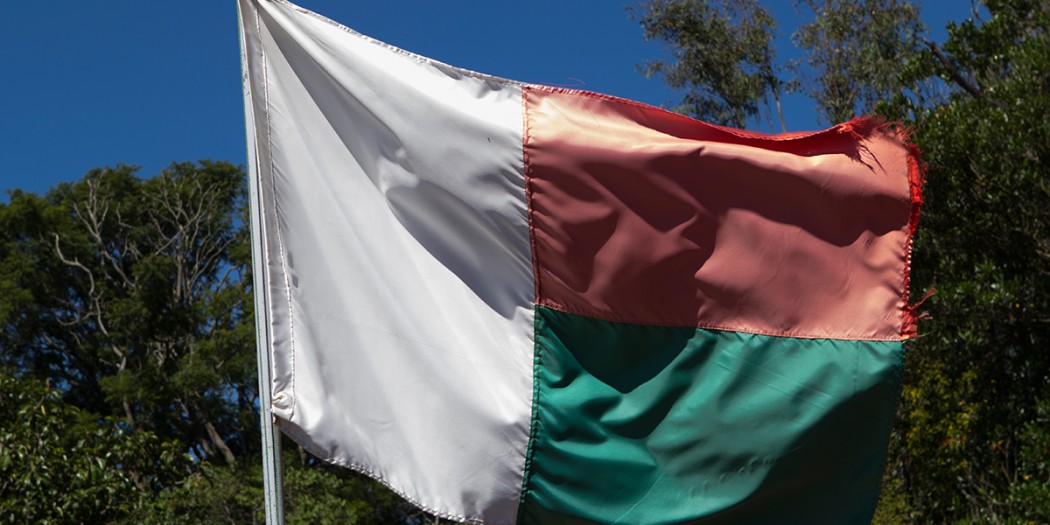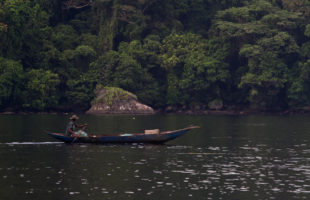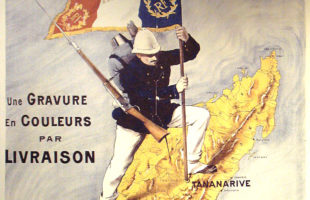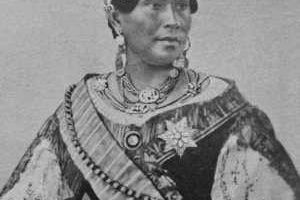In 1946, Madagascar became part of the official oversea areas of France and thus part of this state. At that time, about 35.000 French people already lived in Madagascar. In the same year, the party “Mouvement démocratique de la rénovation malgache” (MDRM) was founded. This party advocated for Madagascar as an independent country inside the French Union and supported the idea to get several representatives in French parliament. In November 1946, the latter was realized in the guise of Joseph Raseta, Joseph Ravoahangy and Jacques Rabemananjara. The first two of these were those Malagasy men, who also had joined the first constitutive national assembly in France two years ago. They suggested to declare Madagascar as independent, but the rest of the national assembly of France denied quickly. The Colonial Secretary, Marius Moutet, became so furious about the proposal that he officially declared war on Madagascar’s independence movement. The United Statdes criticized this action, but did not take any further steps to stop France.
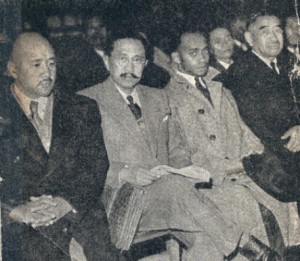
As a counterpart to the MDRM of the Merina people, the east of Madagascar meanwhile had founded the PADESM (Parti des déshérités de Madagascar, translated party of Madagascar’s disinherited people), which members mainly belonged to the coastal people as well as former slaves of the Merina people. On 27th March 1947, Raseta, Ravoahangy and Rabemananjara delievered a statement asking the Malagasy people to keep calm in order to prevent any harm to the peaceful politics of MDRM and thus the peaceful way to Madagascar’s independence.
In the evening of March 29th , Madagascans in the east and south of the country began to stand upon their defence against the French occupying forces. In Moramanga, they invaded the police station and stormed plantations in Manakara and along Faraony river. The insurgents also arrested other Madagascans that had been working for the colonial power. Instrumental in supporting the insurge were the underground organizations Vy Vato Sakelika (VVS) and JINA. The movements against France counted hardly 2000 Madagascans at the beginning, but quickly became popular, especially in south Madagascar. During shortest time, the number of insurgents decupled. In April, the riot reached from Fianarantsoa in the southern highlands to the capital Antananarivo and lake Alaotra in the northern highlands. More than 200 French soldiers were killed until then, and the revolt had brought more than two thirds of the country under its control.
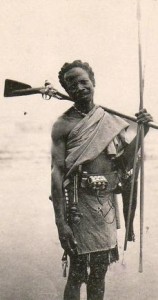
At the beginning of the riots, France supported PADESM for strategy reasons. Promptly, PADESM denunciated MDRM for being the masterminds of insurge. From May 1947 on, France acted by force of arms against the hardly armed Madagascans, who mainly had traditional spears and bush knives. The 8.000 soldiers located in Madagascar at the beginning of the insurge was augmented to 18.000 and Junker’s JU 52 airplanes to demoralise the insurgents in their occupied areas by bomb attacks. During these war-like conditions, mass executions, torture, rapes and other war crimes happened to countless people, among them mostly civilian population.
On May 6th 1947, a massacre broke out in Moramanga, east to the capital. Unarmed Malagasy activists had stopped thee train waggons with 166 captured Malagascans inside. For fear of the people inside the waggons trying to liberate themselves, French soldiers shot inside the waggons with their machine guns and killed between 120 and 160 Madagascans. In Mananjary, captured Madagascans were thrown out of an airplane alive, and during another massacre in Mananjary, another hundred of Madagascans was killed. In Farafangana and Manakara, similar incidents happened. In many places, women and children were among the killed Madagascans. Only a fractional part of insurgents were committed for trial, and many suspects were deported to a prison camp at Nosy Lava island. The Malagasy people could not oppose the French firearms.
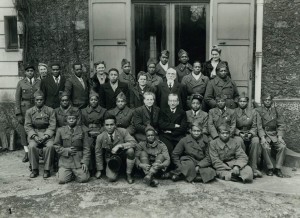
In the end of July 1947, five troops from Senegal reached Madagascar to support France. The colonial power’s troops meanwhile had grown up to 30.000 soldiers, among them foreign legionnaires and the so-called “Tirailleurs”, infantery from other French colonies (Senegal, Comoros). General Joseph Gallieni used the “oil spot” tactics: He concentrated troops in a certain region to let them spread around slowely, like an oil spot on the ground.
Until October, several offical trials in Antananarivo continued. Mainly major members of MDRM were accused. Joseph Ravoahangy and Joseph Raseta as well as four other party members – none of them had actively taken part in the riots – were sentenced to death. France ignored their immunity as representatives of the national assembly without further ado. Subsequent to this decision, the French colonial government prohibited MDRM party.
In November 1948, the last shelter of the insurgents, called Tsiazombazaha (“no white people”) was defeated by French soldiers. Only one month later, high commissioner Pierre de Chevigné was quoted as saying that not even one single square centimeter of Madagascar could evade from the French power.
The French court accused about 5.800 Malagasy prisoners, 129 of them were sentenced to death. The insurgence had costed the lives of an estimated 90.000 people during little more than one year, most of them were Madagascans. During the 40ies, this was more than 2% of the island’s whole population. In 1950, France offically corrected the number of deads to exactly 11.342 – it remains an open questions how they counted those. A French historian spoke of maximally 40.000 fatalities. Today, other historians say it has been up to 200.000 deads, one third of them expelled from their home between the frontlines of insurgents and French colonial power, and those might have been died during flight from malnutrition or tropical diseases. On the French side, about 550 people died, and from PADESM, about 1.900 supporters are known to be killed.
In July 1949, the death penalties for Ravoahangy and Raseta were changed into imprisonment. Two years later, the French president Francois Mitterand announced that “the future of Madagascar will be inseparably linked to France’s future”. The independence of Madagascar seemed to be a remote prospect. It was not before 1957, that the last prisoners of the riot of 1947 were released into freedom – but not the alleged heads of the riot. Until today it has not become clear who was the real leader or head of the insurgences.
In 1956, the national assembly of France adopted the loi-cadre Deferre, a law to reform the French oversea ares, on the initiative of the eponymous minister. With this, Madagascar could introduce universal suffrage – elections and the right to vote had only been available for French citizens until then. Furthermore, it was possible to build an own Malagasy government. The law was the first big step to Madagascar’s independence.
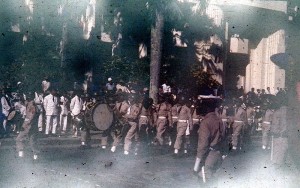
In 1958, the Maagasy people voted for the country’s autonomy in an official referendum . As a result, Madagascar was declared an autonomous state inside the French Community on October 14th, 1958. In 1959, the first constitution of the Republic of Madagascar was passed, and the first democratic election of the country’s history took place. The new and first president of Madagascar was Philibert Tsiranana (PSD), inaugurated on May 1st, 1959. During elections and also later on, he has been mainly supported by France. On June 26th, 1960, the Republic of Madagascar declared itself independent from its former colonial occupier France. Today, June the 26th is a national holiday to celebrate the island’s independence. Six years later, March 29th was declared a national day of remembrance.
 MADAMAGAZINE Your Magazine about Madagascar
MADAMAGAZINE Your Magazine about Madagascar
